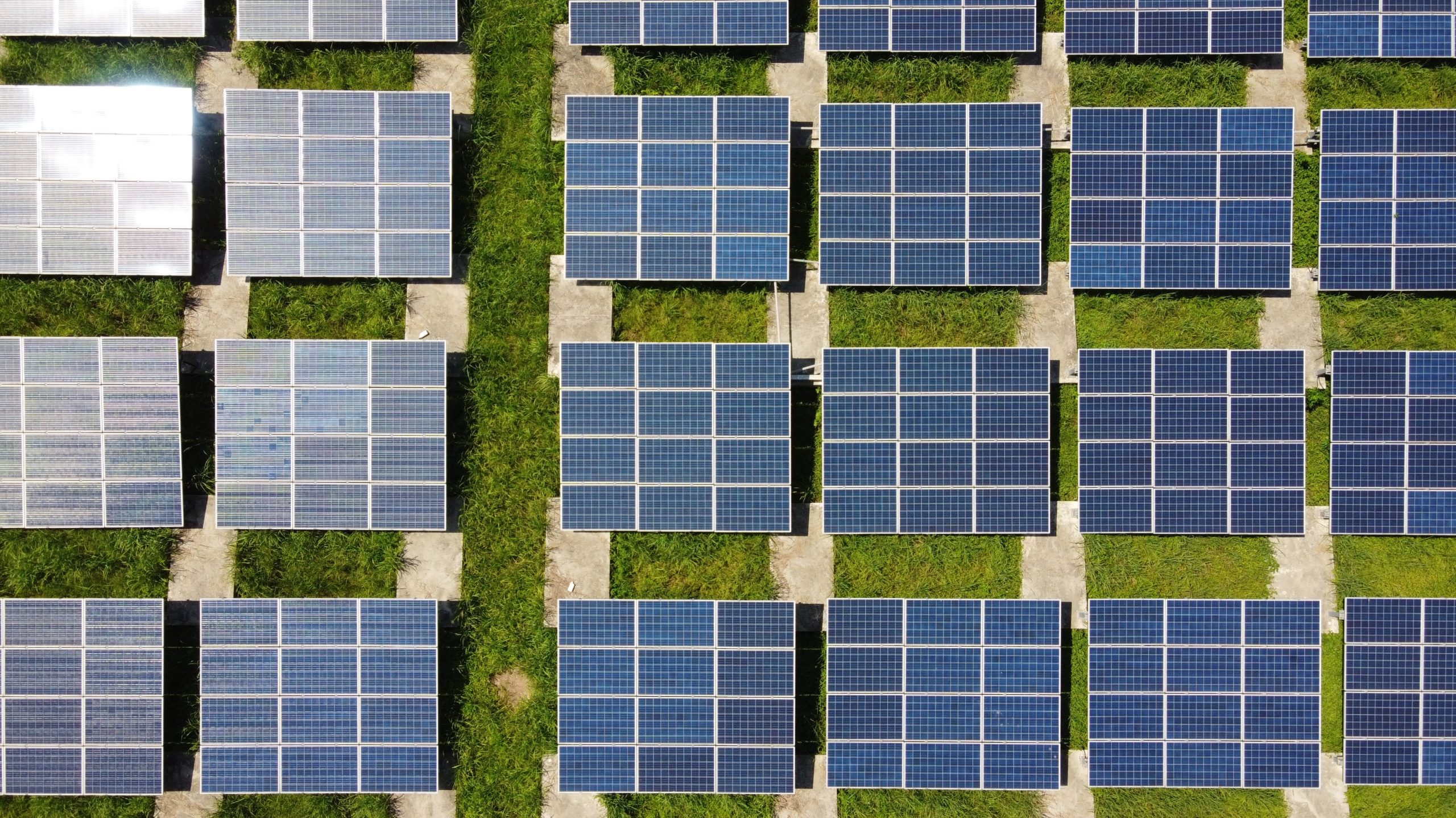Table of Contents
ToggleIntroduction
Renewable energy has been gaining momentum in recent years as countries around the world seek to reduce their carbon footprint and transition to a more sustainable future. Renewable energy sources such as solar, wind, hydro, and geothermal power are becoming increasingly popular as they are cleaner, more sustainable, and often cheaper than traditional fossil fuels. In this article, we’ll take a closer look at the top 11 countries leading the world in renewable energy.
China
China is the world’s largest producer of renewable energy, with a total installed capacity of over 895 GW, which is more than the rest of the world combined. China is investing heavily in renewable energy, and by 2025, it plans to generate 50% of its electricity from renewable sources. China’s main sources of renewable energy are hydropower, wind power, and solar power.
United States
The United States is the second-largest producer of renewable energy, with a total installed capacity of over 295 GW. The country has been rapidly expanding its renewable energy sector in recent years, with solar and wind power leading the way. The state of California alone generates more solar energy than most countries.
Germany
Germany is a leader in renewable energy in Europe, with a total installed capacity of over 119 GW. The country has been investing heavily in renewable energy for years and has set a target of generating 80% of its electricity from renewable sources by 2050. Germany’s main sources of renewable energy are wind power and solar power.
India
India has become a major player in renewable energy, with a total installed capacity of over 100 GW. The country has set a target of generating 175 GW of renewable energy by 2022, of which 100 GW will be solar power. India’s main sources of renewable energy are solar power, wind power, and hydropower.
Japan
Japan is a leader in renewable energy in Asia, with a total installed capacity of over 91 GW. The country has set a target of generating 24% of its electricity from renewable sources by 2030. Japan’s main sources of renewable energy are solar power and wind power.
Italy
Italy is a leader in renewable energy in Europe, with a total installed capacity of over 50 GW. The country has set a target of generating 17% of its electricity from renewable sources by 2020. Italy’s main sources of renewable energy are solar power and wind power.
Spain
Spain is a leader in renewable energy in Europe, with a total installed capacity of over 47 GW. The country has set a target of generating 42% of its electricity from renewable sources by 2030. Spain’s main sources of renewable energy are wind power and solar power.
France
France is a leader in renewable energy in Europe, with a total installed capacity of over 41 GW. The country has set a target of generating 23% of its electricity from renewable sources by 2020. France’s main sources of renewable energy are wind power and solar power.
Brazil
Brazil is a leader in renewable energy in Latin America, with a total installed capacity of over 19 GW. The country has set a target of generating 45% of its electricity from renewable sources by 2030. Brazil’s main sources of renewable energy are hydro power, wind power, and solar power.
Canada
Canada is a leader in renewable energy in North America, with a total installed capacity of over 14 GW. The country has set a target of generating 90% of its electricity from renewable sources by 2030. Canada’s main sources of renewable energy are hydro power and wind power.
United Kingdom
The United Kingdom is a leader in renewable energy in Europe, with a total installed capacity of over 44 GW. The country has set a target of generating 30% of its electricity from renewable sources by 2020. The UK’s main sources of renewable energy are wind power and solar power.
Why Are These Countries Leading in Renewable Energy?
These 11 countries are leading in renewable energy for several reasons. Firstly, they have set ambitious targets for renewable energy production, which has encouraged investment in renewable energy infrastructure. Secondly, they have implemented policies and regulations that have made it easier and more financially viable for companies and individuals to invest in renewable energy. Lastly, these countries have abundant natural resources such as wind, solar, hydro, and geothermal energy that they can harness to generate clean and sustainable energy.
Benefits of Renewable Energy
Renewable energy offers several benefits over traditional fossil fuels. Firstly, it produces significantly less greenhouse gas emissions, which contribute to climate change. Secondly, renewable energy sources are often cheaper and more stable in price than traditional fossil fuels. Thirdly, renewable energy creates jobs and economic opportunities in the renewable energy sector.
Conclusion
These 11 countries are leading the way in renewable energy production and have set ambitious targets for the future. By investing in renewable energy infrastructure and implementing policies that encourage the growth of renewable energy, they are reducing their carbon footprint and transitioning to a more sustainable future. As renewable energy becomes increasingly accessible and affordable, it is likely that more countries will follow their lead and invest in renewable energy as a key part of their energy mix.







